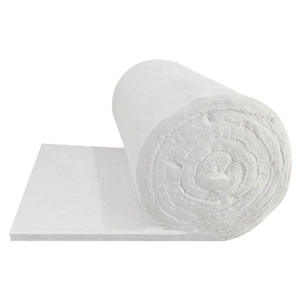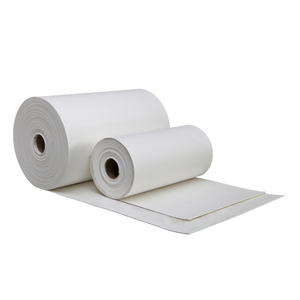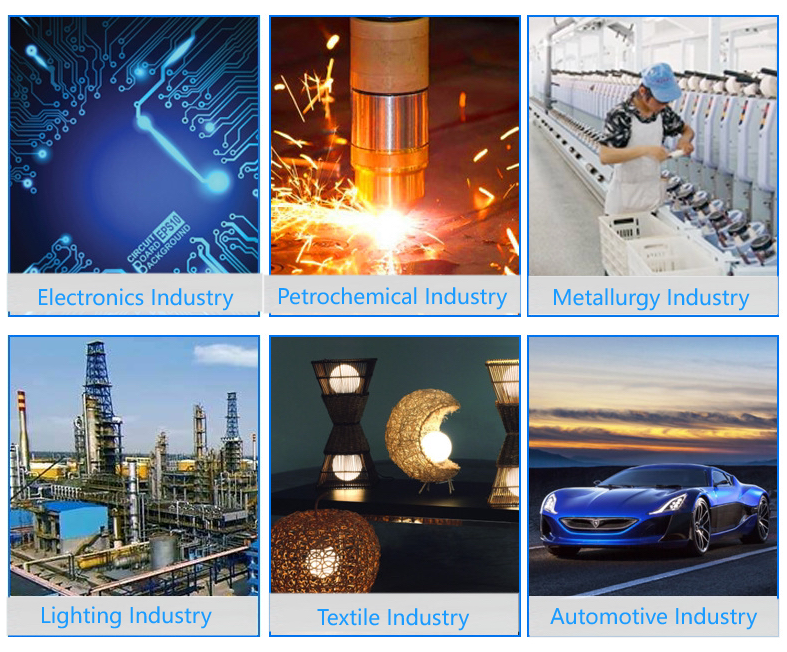Professional industry ceramic supplier, silicon nitride, silicon carbide, aluminum nitride and any other kinds of ceramics.
PRODUCT PARAMETERS
Description
Overview of 1260 Ceramic Fiber Board. Fiber board, Ceramic Fiber refractory board
1260 Ceramic Fiber Board. Fiber board, Ceramic Fiber refractory board is a lightweight, high-temperature insulation material composed primarily of alumina-silica. It is manufactured through a melting and spinning or blowing process, resulting in a flexible, wool-like textile. This material is engineered to provide exceptional thermal management, conserving energy and protecting equipment in extreme temperature environments across various industries.
Features of 1260 Ceramic Fiber Board. Fiber board, Ceramic Fiber refractory board
-
Excellent Thermal Stability: Withstands continuous operating temperatures up to 1260°C (2300°F) and higher for certain grades, with minimal shrinkage.
-
Low Thermal Conductivity: Provides highly efficient insulation, reducing heat loss and improving energy efficiency.
-
Lightweight & Low Heat Storage: Offers low thermal mass, enabling rapid heat-up and cool-down cycles for improved process control and energy savings.
-
Thermal Shock Resistance: Highly resistant to damage from rapid temperature changes.
-
Excellent Flexibility & Resilience: Can be fabricated into blankets, boards, papers, and textiles to fit complex shapes and applications.
-
Good Chemical Stability: Resists attack from most corrosive agents, except strong alkalis and hydrofluoric acid.
Specification of 1260 Ceramic Fiber Board. Fiber board, Ceramic Fiber refractory board
The 1260 Ceramic Fiber Board is a rigid insulation board. It’s made mainly from alumina-silica ceramic fibers. These fibers are bound together. The board handles continual temperature levels up to 1260 ° C (2300 ° F). Its height temperature level score is higher. This makes it good for demanding high-heat settings.
The board has a low thermal conductivity. This implies it quits warmth transfer extremely well. It maintains warm inside furnaces or kilns. This saves significant power. The board additionally has reduced warm storage. It heats up and cools quickly. This boosts procedure performance and cycle times.
It is available in various densities. Common thickness are around 240 kg/m six or 300 kg/m three. Higher thickness boards use far better strength. They resist physical damages much better. The board remains solid even at heats. It deals with mechanical tension well. It resists disintegration from warm gases too.
The board is easy to cut and form. You can suffice with routine woodworking devices. This allows customized suitable on website. Installers can form it precisely. It fits complicated heater forms quickly. It mounts rapidly compared to block cellular linings.
This product gives superb thermal insulation. It reduces heater shell temperatures. This improves office safety. It lowers warmth loss from equipment. This saves operating expense. It functions well for lining wall surfaces, roofs, and doors in furnaces. It’s used in kilns, boilers, and for development joints. It acts as back-up insulation behind refractory brick. It’s suitable for heat-treating applications. The board stands up to thermal shock extremely well. Rapid temperature level changes will not break it. It offers great chemical stability. It withstands assault from many typical furnace atmospheres. It does not have asbestos. It’s safe for industrial usage.
Applications of 1260 Ceramic Fiber Board. Fiber board, Ceramic Fiber refractory board
1260 ceramic fiber board is a rigid insulation material. It is made from spun ceramic fibers adhered together. This board handles high temperatures well. It works continually approximately 1260 ° C (2300 ° F). Individuals use it where warmth is intense. It maintains heat in effectively. This conserves power.
The board is strong for its weight. It doesn’t damage quickly. You can cut it with routine tools. This makes setup simple. It matches numerous forms and spaces. Employees like this attribute. It saves time on the job site.
It doesn’t hold much warm itself. This means systems heat up quick. They additionally cool promptly. This enhances efficiency. Temperature control is better. Process stability boosts. Gas prices often decrease.
The board stands up to thermal shock. Unexpected temperature changes do not split it. This is very important in furnaces and kilns. Doors open and close typically. Temperature levels go down quickly. The board lasts much longer because of this.
It functions as outstanding backup insulation. It shields versus heat loss. It guards structural steel. It lines central heating boilers and heating systems. Petrochemical plants count on it. Shops use it in steel casting. Power generation requires it too.
The product is light. It places less stress and anxiety on structures. Support systems can be less complex. This reduces structure expenses. It is more secure to handle than hefty blocks.
It provides good noise moistening. Loud commercial tools becomes quieter. Worker convenience improves. The board resists most chemicals. It doesn’t rot or expand mold. It performs dependably for several years. Maintenance demands are reduced.
Company Profile
Tanki New Materials Co.Ltd. focus on the research and development, production and sales of ceramic products, serving the electronics, ceramics, chemical and other industries. Since its establishment in 2015, the company has been committed to providing customers with the best products and services, and has become a leader in the industry through continuous technological innovation and strict quality management.
Our products includes but not limited to Aerogel, Aluminum Nitride, Aluminum Oxide, Boron Carbide, Boron Nitride, Ceramic Crucible, Ceramic Fiber, Quartz Product, Refractory Material, Silicon Carbide, Silicon Nitride, ect. please feel free to contact us.

Payment Methods
T/T, Western Union, Paypal, Credit Card etc.
Shipment Methods
By air, by sea, by express, as customers request.
5 FAQs of 1260 Ceramic Fiber Board. Fiber board, Ceramic Fiber refractory board
What is 1260 Ceramic Fiber Board?
This board is a rigid insulation material. It’s made from alumina-silica ceramic fibers. These fibers are bonded together. The process uses high temperature and pressure. The result is a strong, flat board. It handles very high heat.
What temperature can it withstand?
The “1260” in its name refers to its maximum use temperature. This board is rated for continuous service up to 1260°C (2300°F). It can handle even higher temperatures for short periods. This makes it good for extreme heat applications.
Why use ceramic fiber board instead of other insulation?
Its main benefits are high heat resistance and low heat storage. It insulates exceptionally well. This reduces heat loss and saves energy. The board is also lightweight. This makes installation easier. It resists thermal shock very effectively. Sudden temperature changes won’t crack it easily. It’s also chemically stable in most furnace atmospheres.
Where is this board typically used?
You find it in many high-temperature industrial settings. Common uses include furnace linings and kiln linings. It’s used for heat shields and expansion joints. It backs up firebrick in boilers. It lines fireplaces and forges. The board is also used in petrochemical heaters. Any place needing strong, lightweight, high-temperature insulation is a potential application.
How is the board installed?
Installation is straightforward. You cut the board to size easily. Use regular woodworking tools. Saw it or score it. Then snap it. Fix it in place using mechanical fasteners. Metal anchors or studs work well. You can also use high-temperature adhesives. Ensure joints fit tightly. Minimize gaps for best insulation performance. Wear protective gear during handling. The fibers can irritate skin and lungs.
REQUEST A QUOTE
RELATED PRODUCTS

Aluminum fiber board direct supply of aluminum silicate insulation, 1900cc ceramic fiber board, 1000cc, 1200cc.
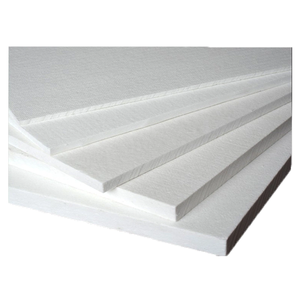
1260 ISOwool fire blanket, high-temperature alumina silicate ceramic fiber blanket
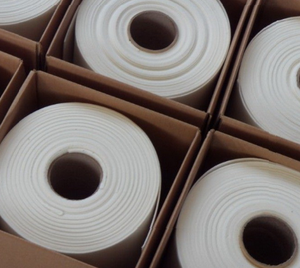
2-inch ceramic fiber board
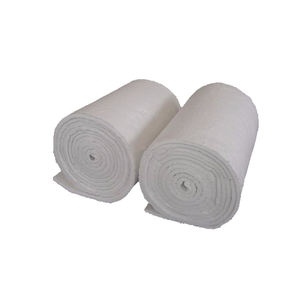
ISO Morgan high-temperature fireproof and heat-resistant Ceramic Fiber board
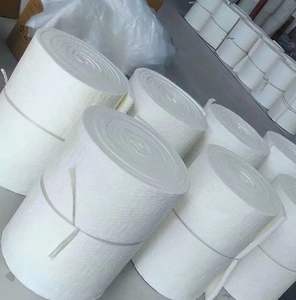
Sintered and Hardened Ceramic Fiber Sheet for Wide Range of Applications.
